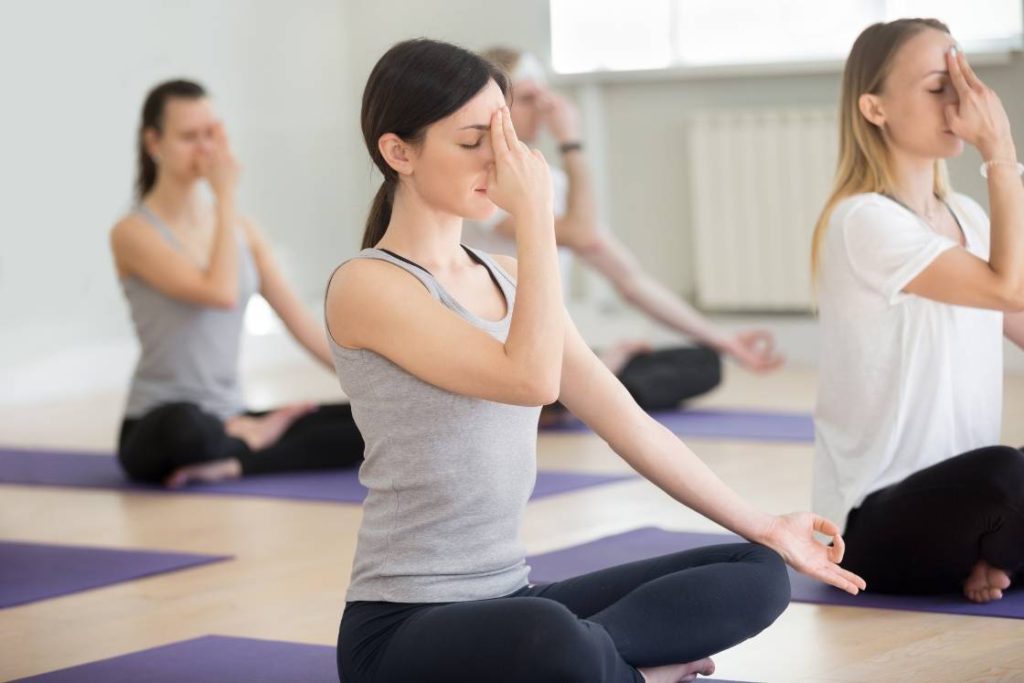
There are a number of different breathing techniques in yoga that can ease stress, and make you feel less anxious and calm.
We use the term ‘Pranayama’ for a collection of yogic breathing exercises. However, one must know breathing exercises are different from Pranayama breathing techniques.
Mechanically a Pranayama practice may look similar to a simple breathing exercise but actually, in pranayama, we don’t just focus on the movement of air in and out of the lungs, as we do in a breathing exercise.
Pranayama practice focuses on consciously expanding the breath through various means of techniques, which slow down the whole breathing cycle to a state of stillness, resulting in a meditative state of calm.
In this article, you will understand the classification of pranayama and based on that, you will know 15 different types of pranayama breathing techniques and benefits. If you are interested in knowing about pranayama in great depth, I would suggest reading this beginner’s guide to Pranayama and the 12 science-backed benefits of pranayama.
First of all, The Eight Classical Pranayama
According to Hatha Yoga Pradipika (an ancient text of yoga), there are 8 number of pranayama combinedly called ‘8 Kumbhakas’, and known as ‘Eight classical pranayamas’. All the pranayamas that we do in yoga are somehow modified variations of these 8 classical pranayamas.
- Suryabhedana pranayama
- Ujjayi pranayama
- Seetkari pranayama
- Sheetali pranayama
- Bhastrika pranayama
- Bhramari pranayama
- Moorchha pranayama
- Plavini pranayama
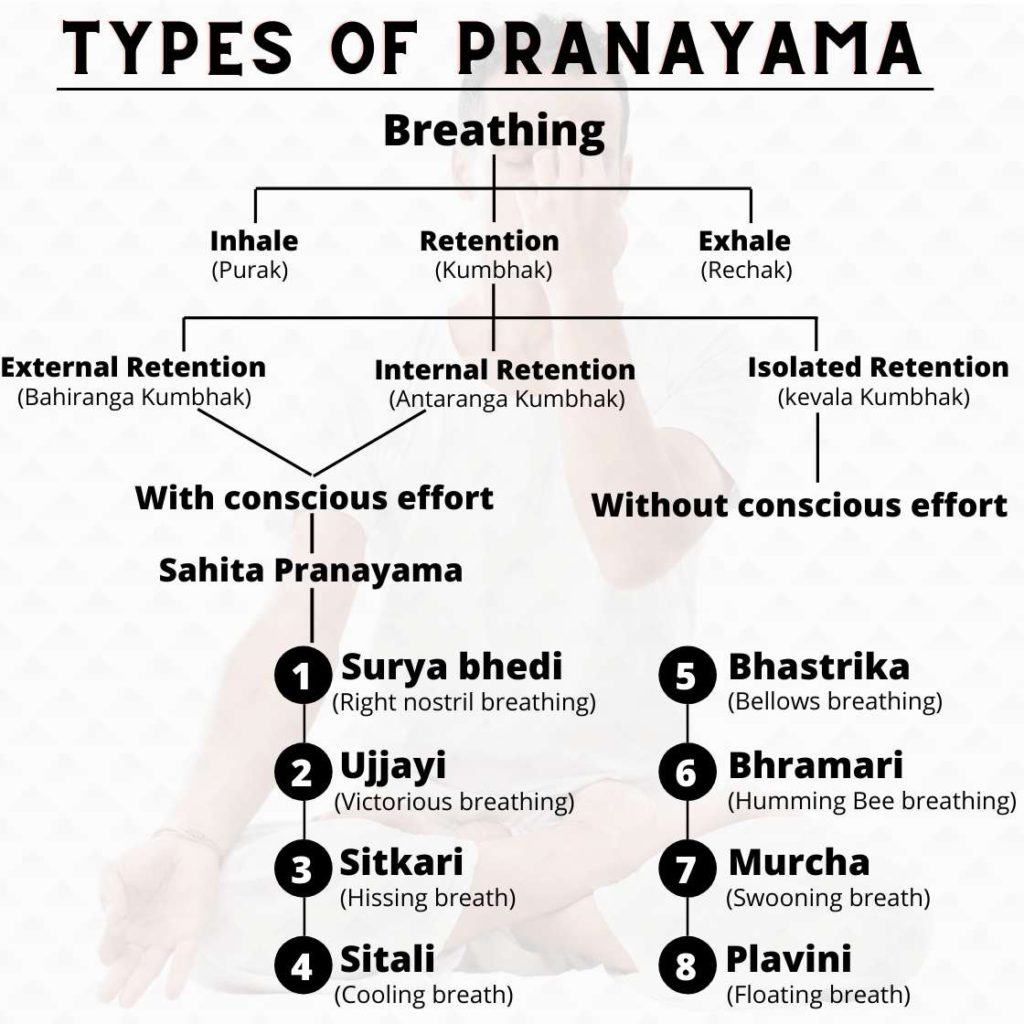
Kevala Kumbhaka and Sahita Pranayama
In the yogic philosophy of pranayama, the breathing process is divided into three parts; Inhalation (Puraka) — Retention Holding (Kumbhaka) — Exhalation (Rechaka). The most important aspect of pranayama is kumbhaka (i.e. breath retention). However, we focus on Inhalation & exhalation in different pranayama types, but it is ‘breath retention (kumbhaka)’ that a yogi aims to develop through a pranayama practice. This is why different pranayama types are also called ‘Kumbhakas’ in Sanskrit.
When pranayama is done with conscious effort and not spontaneously, means when we try to cultivate awareness to observe our breath, it is called Sahita Pranayama. Sahita means connected; breath retention (kumbhaka) is connected with inhalation and exhalation. The 8 classical pranayamas mentioned above are actually the practices of Sahita pranayama only.
With long consistent practice, when kumbhaka starts happening without any conscious effort or an apparent association with either inhalation or exhalation, it’s called Kevala Kumbhaka. It’s the highest stage of pranayama where a yogi without effort spontaneously holds their breath at will. This pranayama leads to the opening of Sushumna Nadi, kundalini awakening and finally Samadhi.
Types of Pranayama Breathing Techniques and Benefits
Master yoga gurus suggest that the best time to practice pranayama and yoga, in general, is Brahmamuhurta – early in the morning and on an empty stomach. Ideally, pranayama should be practised in an open space with good air quality.
It’s advised to practice pranayama in seated comfortable postures only. Initially one can begin by simply watching their natural breath and then try different techniques. It’s also recommended to combine different types of mudras with pranayama breathing to deepen its effects.
Each type of pranayama can arouse particular regions of the brain and affects the body differently. You can give each a try. Here are 15 types of pranayama breathing techniques.
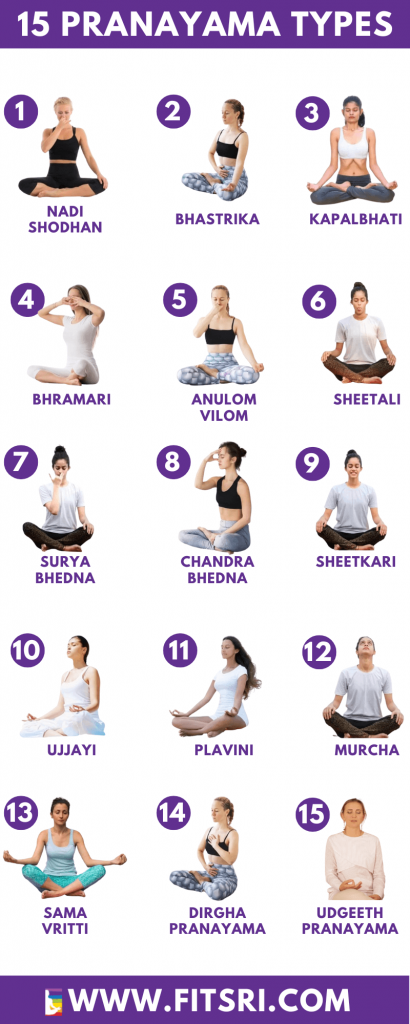
- Nadi Shodhan Pranayama (Alternate nostril breathing)
- Bhastrika Pranayama (Bellows breathing)
- Kapalbhati Pranayama (Skull shining breath)
- Bhramari Pranayama (Bee breathing)
- Anulom Vilom Pranayama
- Sheetali Pranayama (Cooling breath)
- Surya Bhedna Pranayama (Right nostril breathing)
- Chandra Bhedna Pranayama (Left nostril breathing)
- Sheetkari Pranayama (Hissing breath)
- Ujjayi Pranayama (Victorious breath)
- Plavini Pranayama (Floating breath)
- Murcha Pranayama (Swooning breath)
- Sama Vritti Pranayama (Equal/square breathing)
- Dirgha Pranayama (Three-Part breathing)
- Udgeeth Pranayama (Chanting breath)
1. Nadi Shodhana Pranayama (Alternate Nostril Breathing)
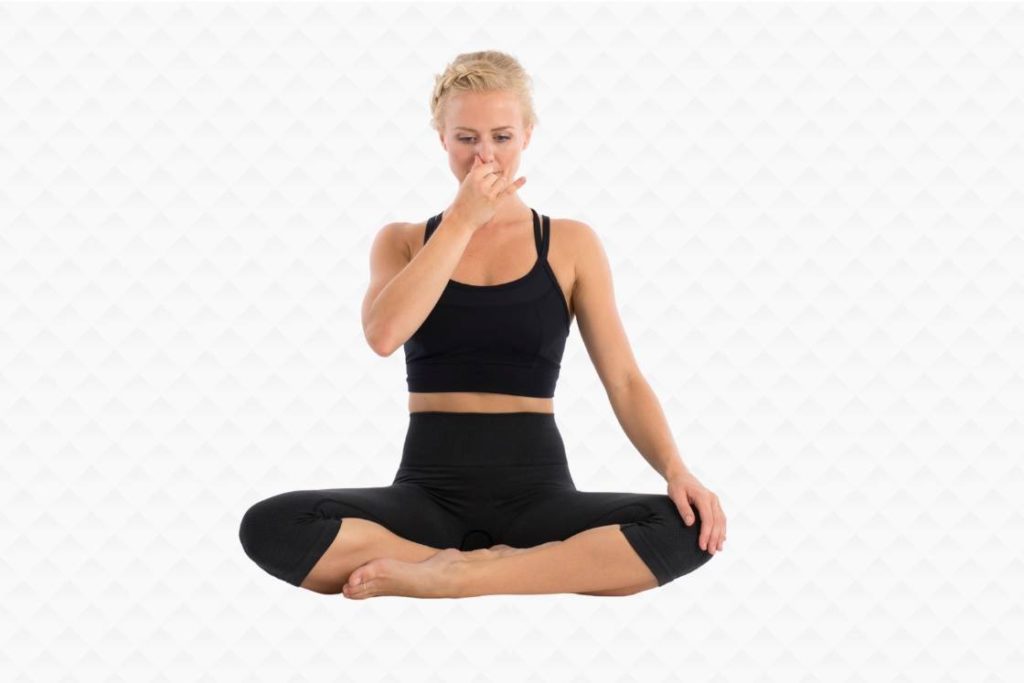
This is the first type of pranayama and is most practised because of its soothing effects on the brain. Popularly known as a form of alternate nostril breathing, it’s a slow and deep yoga breathing exercise.
In this pranayama, we close our nostrils alternatively in a way that balances the left and right brain hemispheres.
To assess the effects of Nadi Shodhan Pranayama on coronary heart disease patients, an experimental study was carried out in 2019. In individuals who undergo Coronary artery bypass grafting (CABG) surgery, it’s found in this study on practising Nadi shodhan pranayama;
- A significant reduction in both state and trait anxiety has shown after 6 weeks
- Post-operative pain and suffering of patients have reduced
- A significant reduction in depression, stress, anxiety, and peak expiratory flow rate has been measured in the pre and post-surgery
Another experimental study shows the immediate effects of Nadi Shodhan on healthy individuals’ heart rate, blood pressure, and problem-solving ability. It’s found in this study;
- Nadi shodhan refreshes air throughout the lungs and alters autonomic activity. It significantly declines the heart rate and systolic blood pressure.
- Peak expiratory flow rate improved which shows a healthy lung condition.
- Due to better adaptability for mental stress-induced after practicing nadi shodhan participant’s mathematical problem-solving time reduced significantly.
2. Bhastrika Pranayama (Bellows Breath)
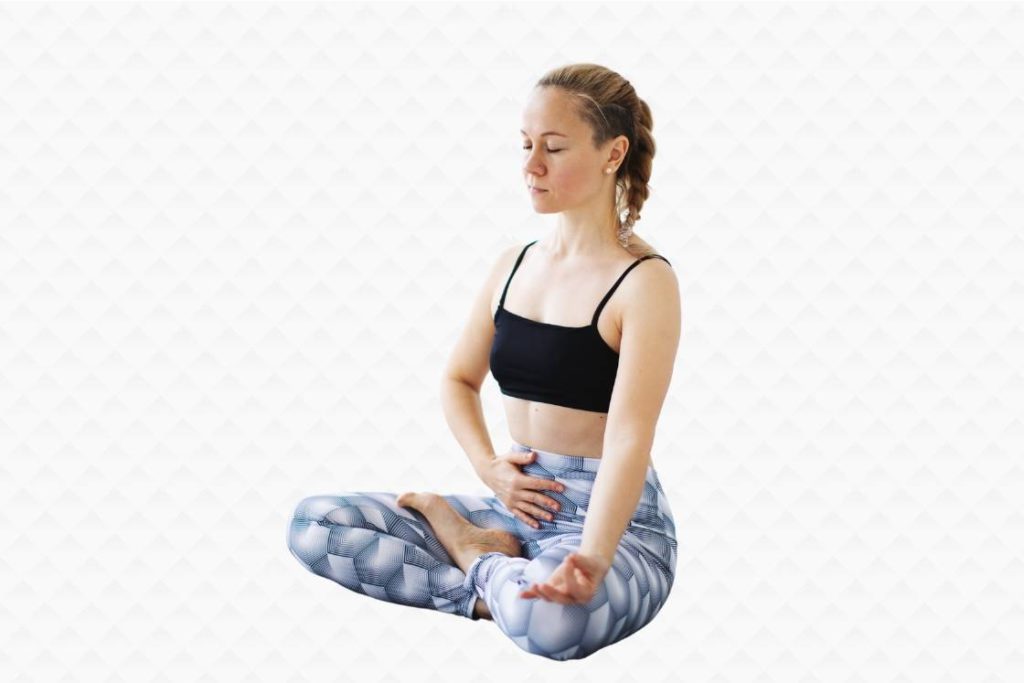
In contrast to slow and deep breathing, bhastrika pranayama comes in fast and short breathing type pranayama. Bhastrika literally means “bellows breath”
In this pranayama, exaggerated and forceful breathing is performed engaging the diaphragm and abdominal muscles.
Rapid expansion and contraction of abdominal muscles create a bellows action to ignite the body’s heat, hence also known as breath of fire.
Bhatrika pranayama is very effective in revitalizing the working of the lungs. In a 2019 study, bhastrika pranayama effect on lung function is tested among 30 healthy individuals and it has found;
- A significant increment is observed in the Forced vital capacity, forced expiratory volume in the first second, Peak expiratory flow rate, and maximum voluntary ventilation.
- The elastic recoil of the lungs and chest wall increased thereby strengthening the respiratory muscles.
In 2009, another scientific study on the effects of bhastrika on heart rate and blood pressure conducted. This time slow pace bhastrika pranayama is performed for 5 minutes followed by the measurement of blood pressure and heart rate. The comparative study between the readings of given parameters before and after bhastrika concluded that:
- There is a significant reduction in systolic and diastolic blood pressure.
- A slight decrement in the heart rate.
- The parasympathetic nervous system is also stimulated which bought a sense of calmness and reduces stress.
3. Kapalbhati Pranayama
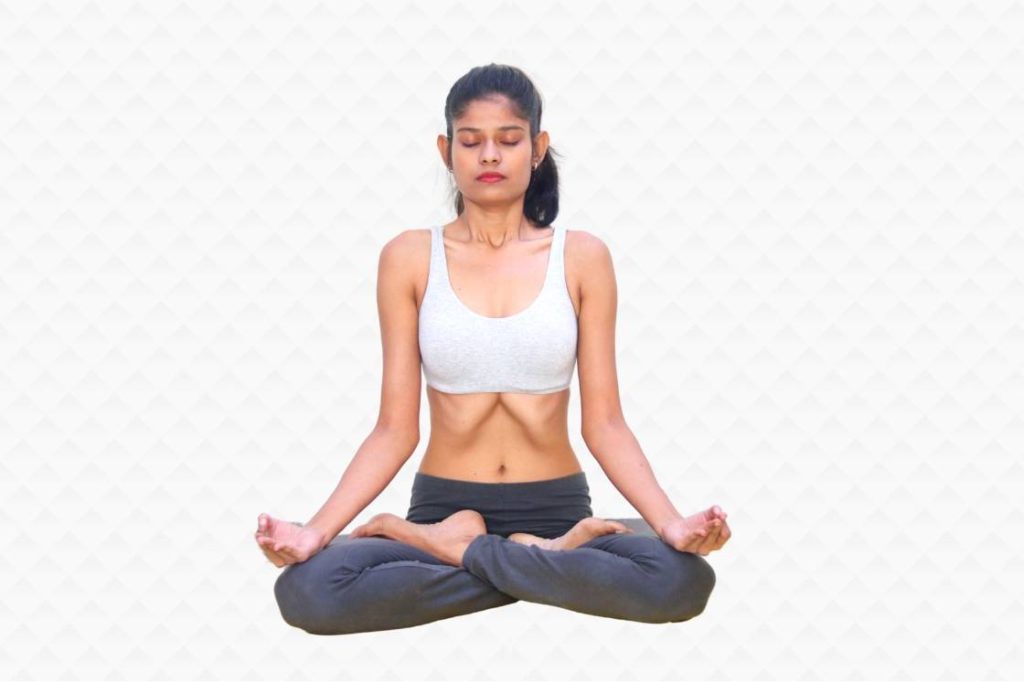
Kapalbhati is a type of pranayama that can be categorized under fast, asymmetrical, and diaphragmatic breathing. In kapalbhati Pranayama, forceful exhalation is attributed to the complete detox of the body by cleansing the Kapal (skull).
Besides pranayama, kapalbhati is one of the purification techniques of shatkarma.
Forceful exhalation in kapalbhati decompresses the cerebrospinal fluid in the brain. It massages the brain cells and you feel lighter after performing it.
Many studies done in the past have evaluated benefits of Kapalbhati on the body and mind.
- Kapabhati is like warm up exercises for respiratory muscles to increase lung capacity.
- It also increases the circulation of oxygen-rich blood in the body which in turn increases melanin proportion to glow skin.
- Kapalbhati increases the metabolic rate of the body. Faster metabolism leads to increased calorie consumption and further, helps in weight loss.
- It has been shown in a study, just one month of kapalbhati has decreased the blood sugar level in diabetic individuals.
- The pelvic floor muscles are strengthened after practising kalpalbhati for four weeks and proved to be effective in reducing menopausal complications.
4. Bhramari Pranayama (Bee Breath)
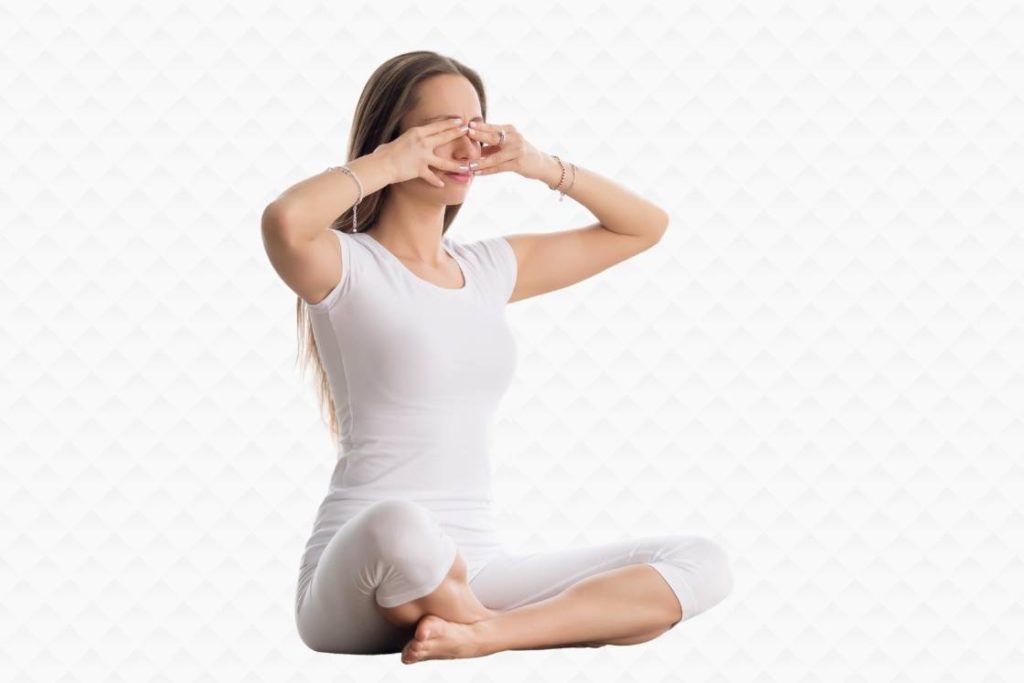
Bhramari pranayama is the most relaxing breathing technique anyone can do easily to get rid of stress and anxiety instantly. Bhramari means humming bee.
In Bhramari pranayama, as you exhale, the ear canal is closed with index fingers and a humming sound is produced from the back of the throat. The mind is focused on the vibratory sound of a humming bee in prolonged exhalation.
When you practice it long enough, little impulses of soothing humming sound continue vibrating in your head. It keeps stress and anxiety away from you.
- In a yogic intervention, it has been seen, Bharamari pranayama immediately affects the cardiovascular system which in turn reduces high blood pressure and heart rate.
- Bhramari pranayama relieves the symptoms of sinusitis by increasing nitric oxide levels in the blood cells and reducing anxiety and other psychological symptoms in patients with chronic sinusitis.
- In the treatment of tinnitus and sensorineural deafness, bhramari pranayama with shanmukhi mudra is a very effective breathing technique.
5. Anulom Vilom Pranayama
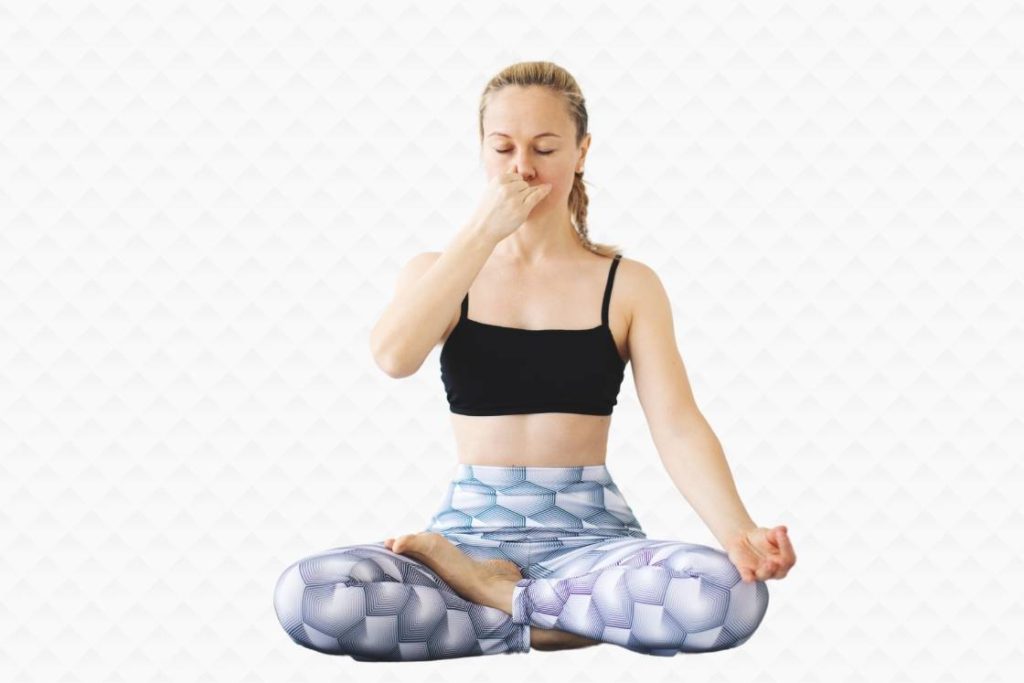
Anulom Vilom pranayama is a type of alternate nostril breathing performed with the right hand in Vishnu Mudra.
To perform Anulom Vilom, close the right nostril with the right thumb inhale from the left nostril. Then close the left nostril with the ring and little finger, exhale from the right nostril. Repeat in this manner alternatively.
To some extent, anulom vilom similar pranayama to Nadi Shodhan pranayama.
Although there is a quite difference between both; Anulom vilom is a balancing type of pranayama that maintains the flow of Prana in Ida and Pingala Nadi equally. Whereas Nadi shodhana is a cleansing pranayama type that serves the purpose of Nadis purification.
Some scientific studies have proven benefits of anulom vilom;
- In a study, It has shown anulom vilom significantly improves the lung function of swimmers. It increases lung capacity and period of breath retention.
- Anulom Vilom Pranayama for 30 minutes a day (for 40 days) can resolve sinus inflammation (rhinosinusitis), an RCT concluded.
- It also affects the cognitive functions of the brain including learning, thinking, reasoning, remembering, and problem-solving skills in comparison to Vinyasa flow type yoga poses.
6. Sheetali Pranayama (Cooling Breath)
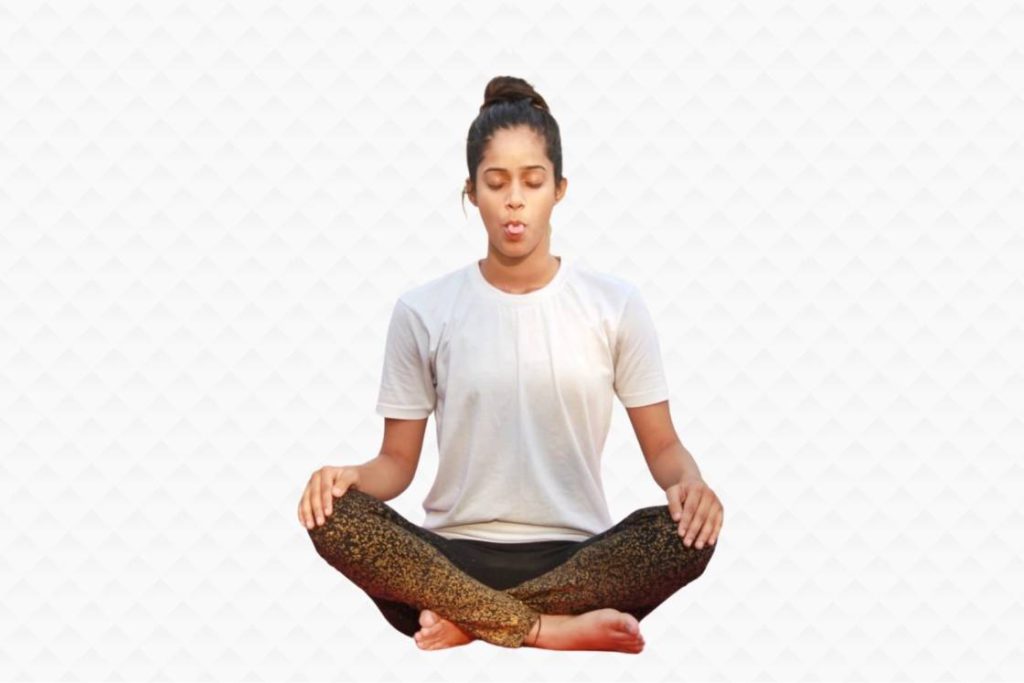
Sheetali pranayama is a cooling breathing technique. Ancient yogis derived it to reduce body temperature.
In Sheetali Pranayama, the tongue is rolled in a ‘U’ or ‘O’ shape and extends out of the mouth. This is followed by long inhalation – the air is sucked in through rolled tongue and exhaled out through the nostrils. Salvia on the tongue moisturizes the air on its way through the mouth and we feel instant coolness.
Inhaling through rolled tongue in Sheetali pranayama moisturizes the dry mouth which in turn relieves from bad breath.
- In some yogic texts, Sheetali pranayama is described to have hunger and thirst control ability. It has a calming effect on the entire nervous system which gives the practitioner a sense of control.
- It reduces the production of bile waste that causes heartburn.
- It has the ability to reduce blood pressure in hypertensive patients. It has been found in a study, Sheetali lower high bp through a combination of stress reduction and modification of the physiology of the autonomic nervous system.
7. Surya Bhedna Pranayama (Right Nostril Breathing)
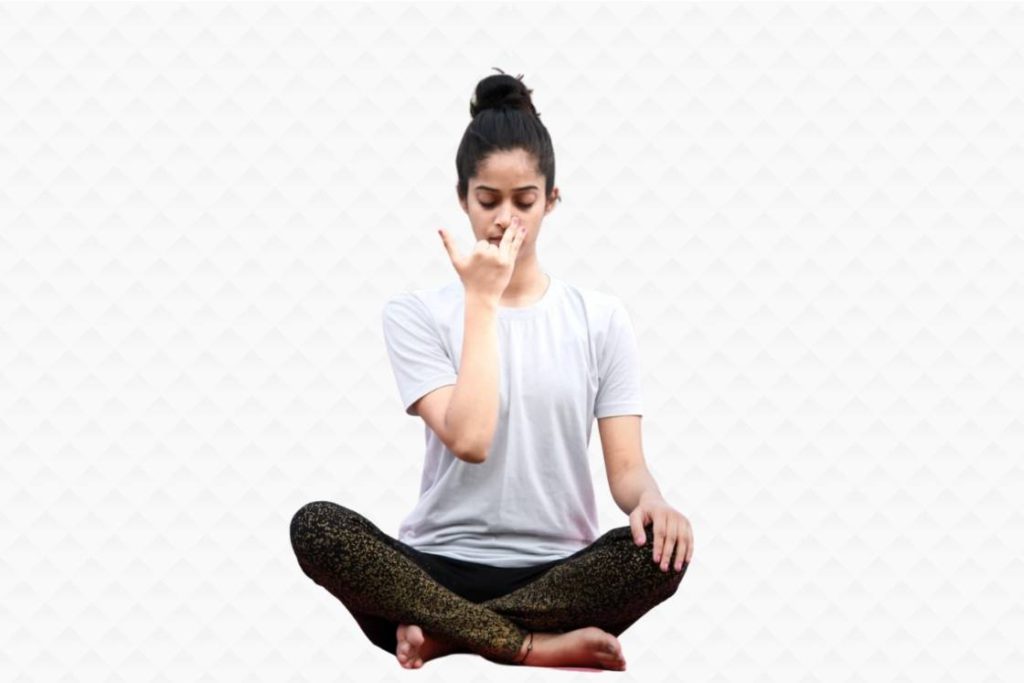
In contrast to alternate nostril breathing, Surya Bhedna pranayam is a type of uninostril yogic breathing in which inhalation and exhalation are limited to the right nostril and left nostril respectively.
As the right nostril is said to be the gate of ‘The Sun’, Surya Bhedna pranayama increases body temperature and gives vitality to the yogi. It can be referred as ‘hot pranayama’ or ‘right nostril breathing’.
- Breathing in through the right nostril increases oxygen consumption and thereby the overall metabolic status of the yogi.
- Surya bhedana has shown a positive effect on the left hemisphere of the brain. It enhances a person’s logical and reasoning ability.
- However, It’s evidence from a differential study, Surya Bhedna pranayama has sympathomimetic effects – means it can raise blood pressure to alarming heights, particularly in hypertensive patients.
- The heat produced through this pranayama practice burns up impurities and can help eliminate pathogens from the body.
8. Chandra Bhedna Pranayama
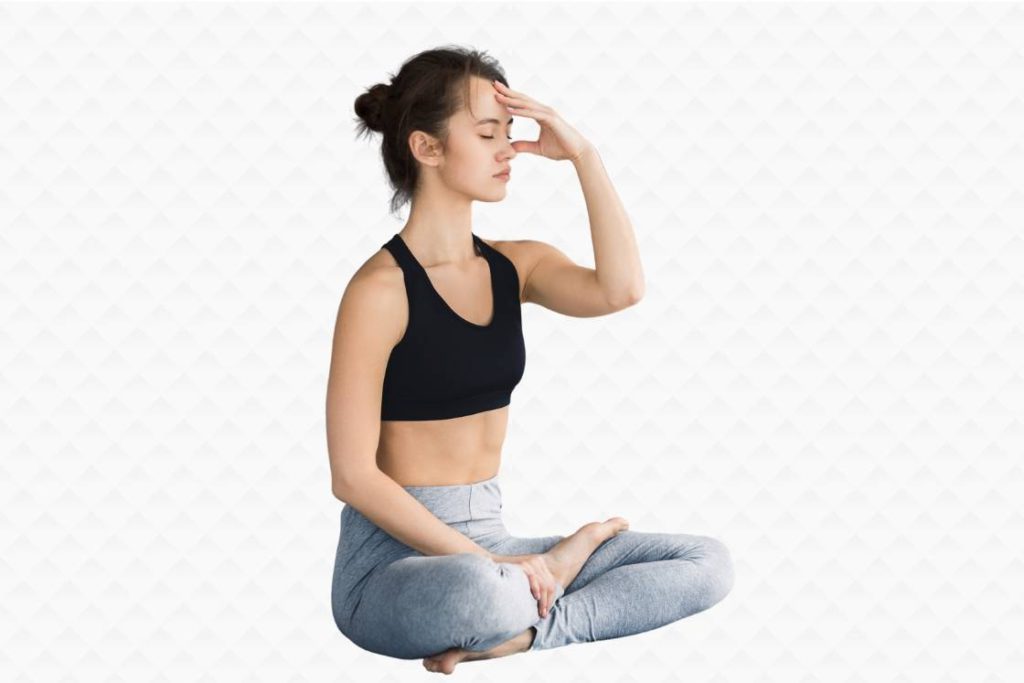
In this pranayama type, breathing is done in the opposite manner to Surya Bhedna pranayama i.e. Inhale – left nostril and exhale – right nostril.
Chandra Bhedna pranayama is a cooling breathing technique that activates the parasympathetic nervous system. Activation of the parasympathetic nervous system leads to;
- Decreased oxygen consumption and load on the heart.
- Immediate decrease in cardiovascular parameters such as heart rate, systolic pressure (SP), pulse pressure in hypertensive patients.
- Muscular tension relaxation.
9. Sheetkari Pranayama (Hissing Breath)
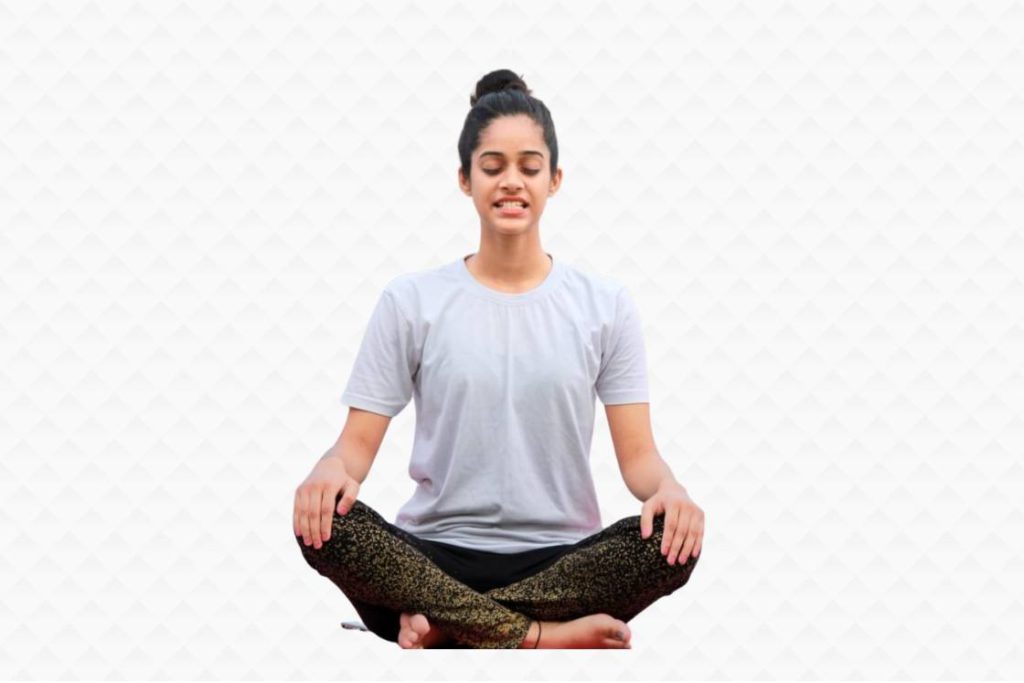
Sheetkari is another classical pranayama breathing which is cooling in nature. In this pranayama, during inhalation, a ‘seeehh’ like hissing sound is produced from mouth which gives its cooling action. It’s also called the hissing breath.
This pranayama is simply performed by closing the mouth and bringing the upper and lower teeth together. Expose them by parting the lips. Then perform Khechari mudra by folding the tongue to touch the soft palate. Inhale through the exposed teeth. Close the mouth to hold your breath for two seconds and then exhale through nostrils.
Although sheetkari produces similar effects as sheetali pranayama, in addition, Sheetkari pranayama is especially beneficial in;
- Lowering blood pressure and reducing symptoms of anxiety.
- Releasing emotional and psychological knots present in the body.
- Inducing relaxing brain waves like delta and alpha band power in the frontal and occipital regions.
10. Ujjayi Pranayama (Victorious Breath)
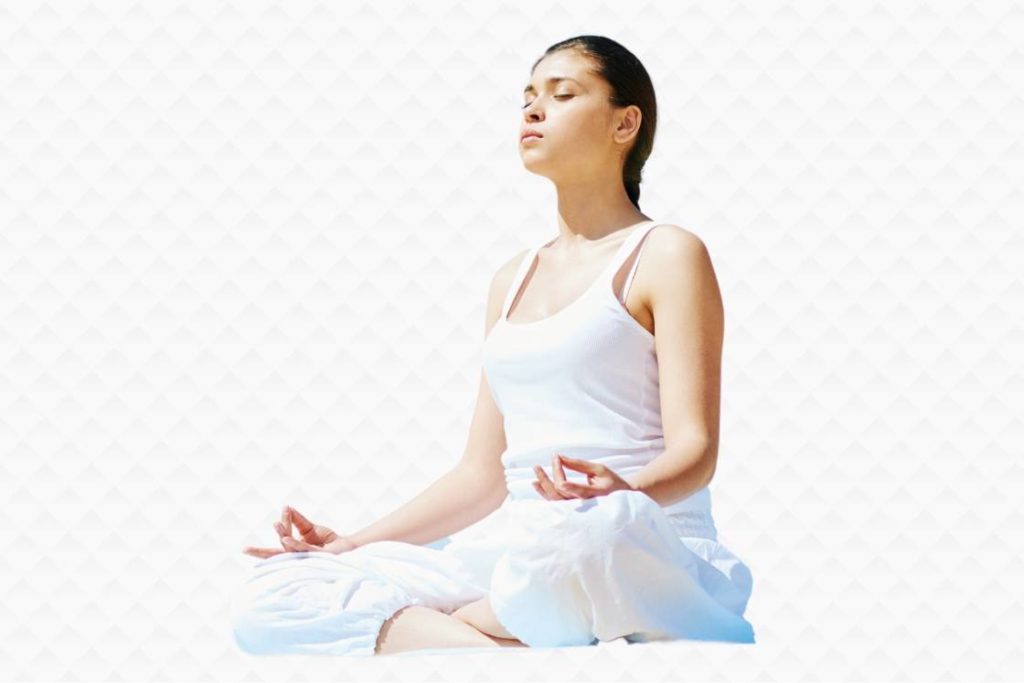
Among 8 classical pranayama types, Ujjayi is the most satisfying deep breathing pranayama technique. It’s said, Ujjayi spontaneously occurs in deep and intense concentration, and hence, mainly performed during a meditation, Yoga Nidra and yoga mudra session.
Ujjayi pranayama is performed by inhaling from the nose, constricting the throat internally, and releasing the breath opening the mouth. The exhalation must produce an “HAA” sound as you open the mouth.
Many studies have shown the therapeutic benefits of Ujjayi when incorporated with Bandhas, Mantra Japa, and yoga poses;
- Incorporating Ujjayi pranayama in makarasana can release tension from the lower back and increase the supply of oxygen-rich blood down to the spine. It relieves from sciatica or spinal spondylitis.
- Ujjayi pranayama with short and prolonged breath retention has proven positively affects oxygen consumption, leads to a higher metabolic rate in the body.
- In a randomized control trial study, different physiological variables were measured after practicing ujjayi pranayama. A significant difference is observed in the resting heart rate and resting pulse rate after 8 weeks of training of Ujjayi.
11. Plavini Pranayama
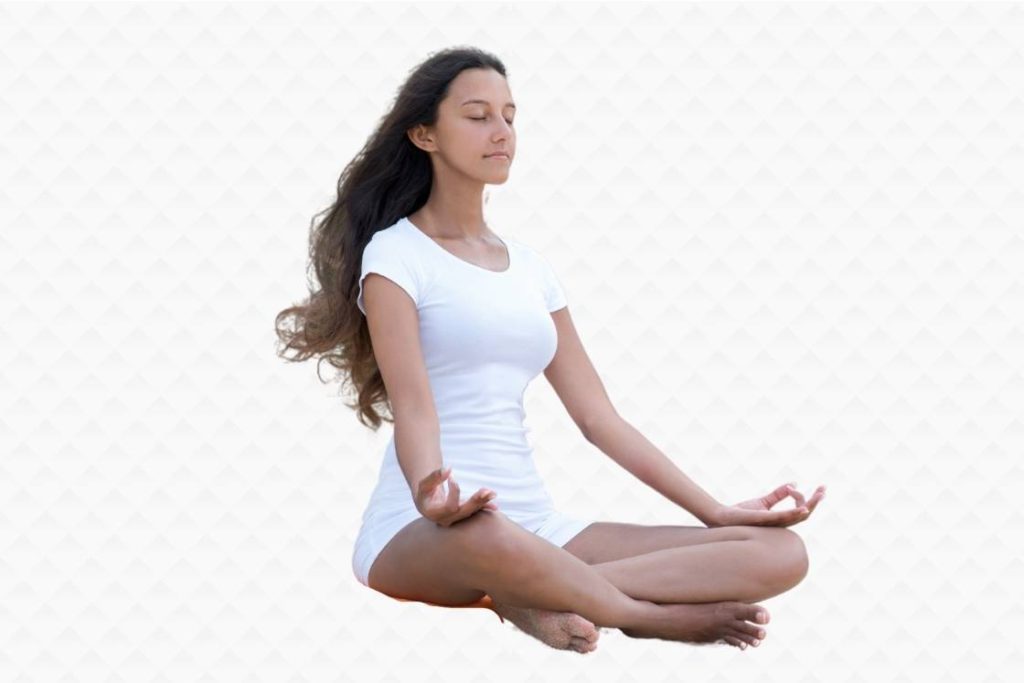
Plavini is an advanced type of pranayama that demands expertise in breath-holding for a prolonged period.
In Plavini Pranayama, the air is gulped into the stomach either by means of simple nostril breathing or through the mouth in kaki mudra. Then without any physical movement or expelling the air out, the air is retained inside the body for 30 to 90 minutes.
- By stopping the air inside the stomach, the yogis do not feel hungry so plavini pranayama is a way of natural fasting.
- It’s said in traditional texts, practicing plavini makes the body lighter enough so one can float easily on the water surface. It’s also called ‘floating breath’.
12. Murcha Pranayama (Swooning Breath)
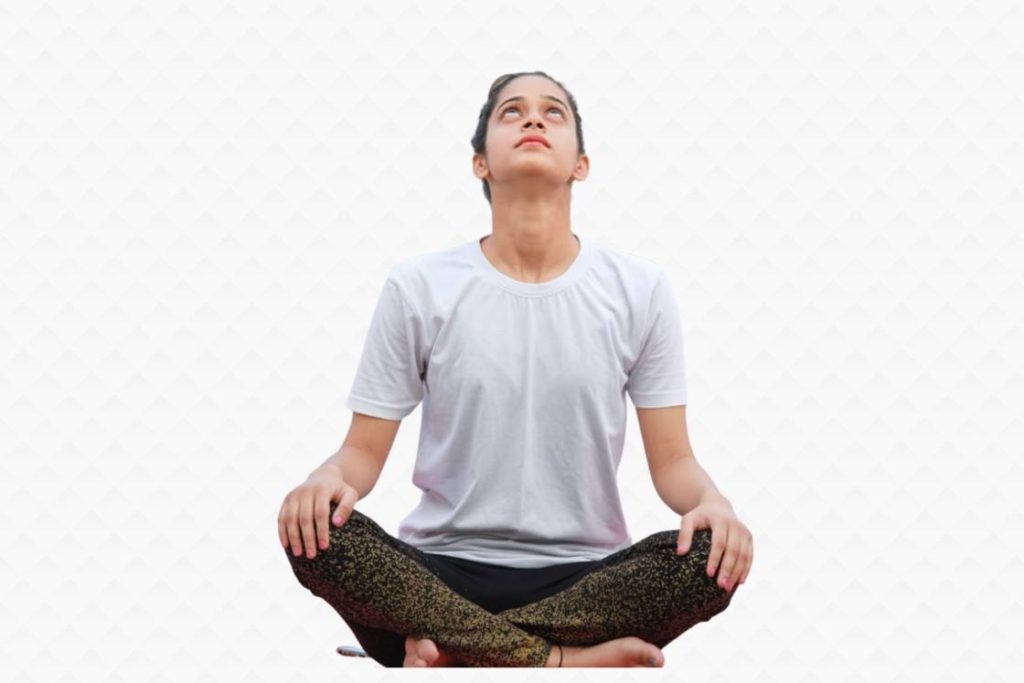
After Plavini, Murcha is another traditional pranayama technique that emphasizes breath retention.
In Murcha Pranayama, the air is inhaled through nostrils at fullest capacity. Then using Jalandhar Bandha (throat lock) breath is held and the air is retained inside for even longer than is comfortable.
It gives a feeling of fainting to the practitioner, however, according to Hatha Yoga Pradipika – Through this pranayama, the experience of conscious unconsciousness is meant to arise.
- Murcha pranayama lowers the oxygen concentration in blood reaching the brain, results in fainting sensation. Eventually, it clears practitioner’s connection to the external world, hence helps in pratyahara (sense withdrawal).
- Also, it gives mental clarity and induces relaxation and inner awareness.
13. Sama Vritti Pranayama (Box Breathing)
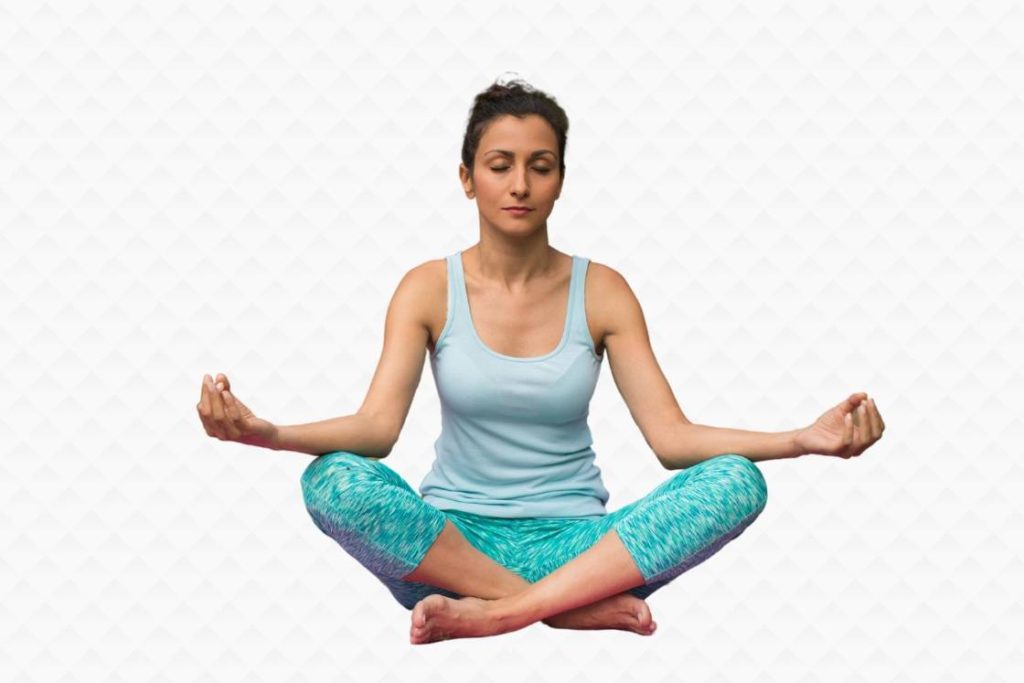
Popularly known as box breathing, Sama vritti is a very easy pranayama technique. It’s a slow and deep pranayama type that focuses on all 3 parts of breathing – inhale, exhale, and retention.
In Sama Vritti Pranayama, a practitioner has to ensure an equal period of their breath including inhale, holding the breath in, exhale, and holding the breath out.
- It enables the lung to work evenly and equally during inhalation, retention, and exhalation, ultimately increases lung capacity.
- Sama vritti pranayama has a stress-busting effect as breathing evenly directly affects the autonomic nervous system.
- By reducing stress response, this pranayama also lets you sleep well with full efficiency in very little time.
However, in advanced yogis, a variation of Sama Vritti called Visma Vritti pranayama or uneven breath is more practiced.
14. Dirgha Pranayama (Three-Part Breathing)
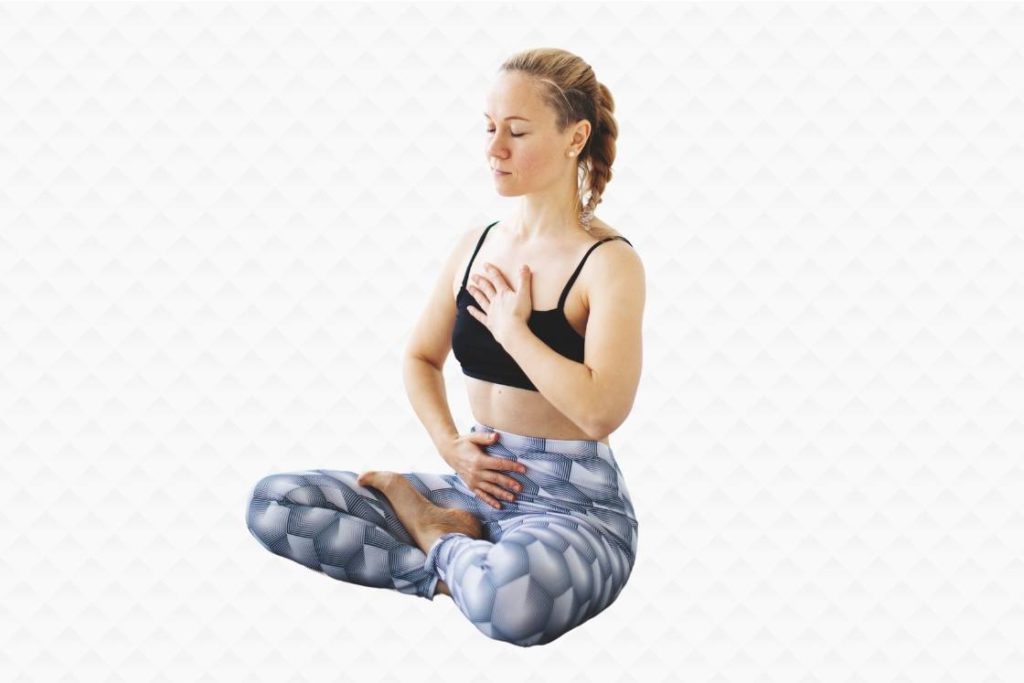
Dirgha pranayama is a full yogic breathing technique in which inhalation and exhalation are done in 3 parts.
- First, complete filling of the lower abdomen
- Second, complete filling of the thoracic region by the extension of side ribs
- Finally extension of upper chest area by lengthening of collarbone and shoulders
Like any other deep breathing, Dirgha pranayama relaxes the blood vessels and widen them, which reduces the high blood pressure. Its effects on the body come by its action on belly movement
- When abdomen moves with breathing, internal abdominal organs also make the movement. It gives them internal massage and enhances the digestive system function.
- Dirgha pranayama effects the oxygen concentration in blood to the brain.
15. Udgeeth Pranayama (Chanting breath)
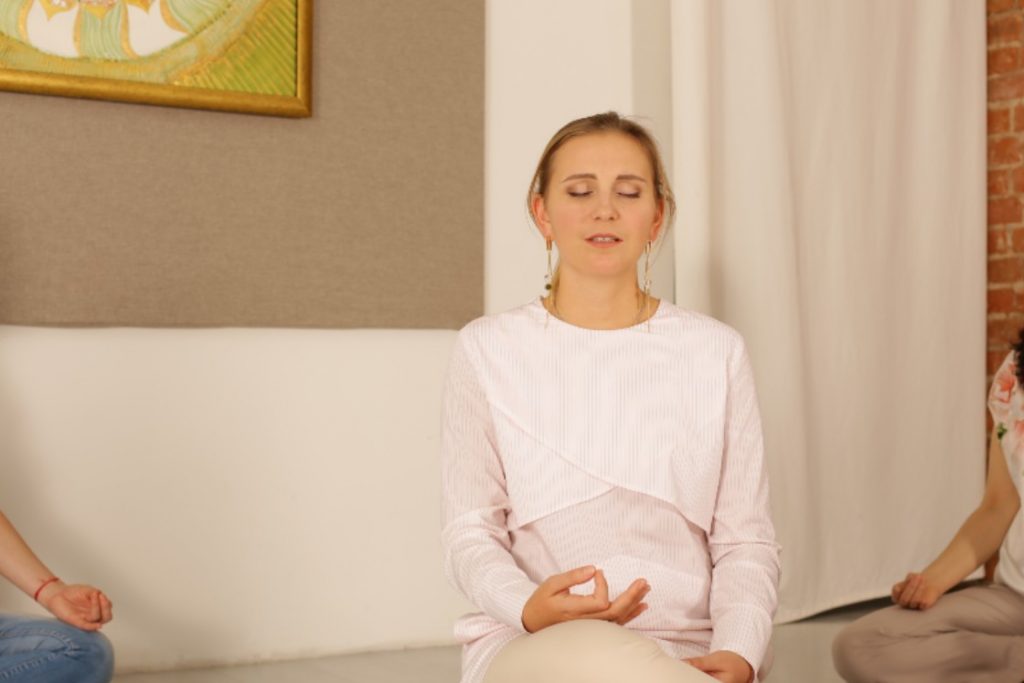
There are many common names of Udgeeth Pranayama like Omkari jap, Om chanting, Omkara chanting. While performing this pranayama, Omkara sound connects you with silence within you. In this silence, our brain gets vibrations to tune in a natural frequency.
Udgeeth pranayama helps you to deal with anxiety, guilt, fear, and sadness. It cures acidity and problems related to sleep (Insomnia) and bad dreams.
Conclusion
Whether you are looking to reduce stress or high blood pressure, improve concentration or find stillness in your spiritual journey, there are differentf pranayama breathing techniques one can choose from.
Different pranayamas come with numerous benefits and choosing one totally depends on when you’re doing it or what you’re expecting.
For example, after a vigorous yoga session, you want your body to relax and mind to calm down. In this condition, pranayama like left nostril breathing or sitali which have cooling effects will be beneficial instead of doing kapalbhati or right nostril breathing.
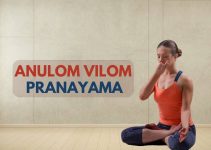
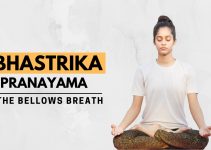
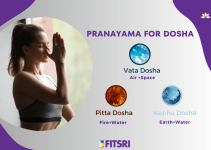
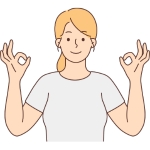
 Oct 27th to 2nd Nov
Oct 27th to 2nd Nov Learn Mudras
Learn Mudras  Deepen Your Practice
Deepen Your Practice  Find Inner Peace
Find Inner Peace
Pl post me pranayama
Excellent thank you Ashish <3
It’s wonderful,
The importance of yoga, little bit I know, kindly give more information